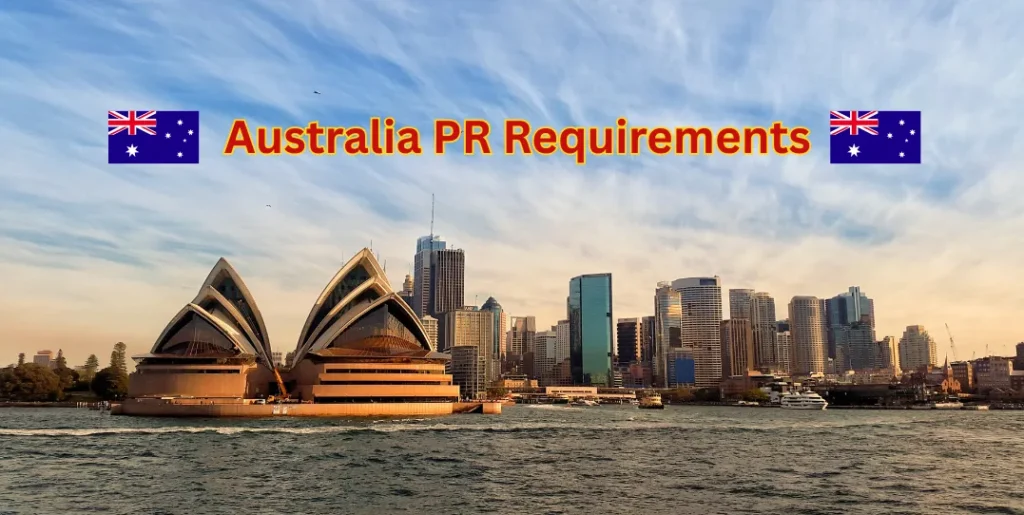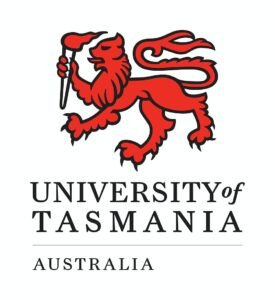Australia Permanent Residency Requirements For Indians – A Complete Guide
Australia is one of the most popular countries in the world for skilled professionals, international students and families looking for better opportunities. With high living standards, a strong economy and excellent public services, many Indians are choosing Australia to build their future.
If you are planning to settle in Australia from India, then applying for Australia Permanent Residency (PR) is a great option. This blog will help you to understand the Australia Permanent Residency Requirements.
What is Australia Permanent Residency (PR)?
Australia Permanent Residency allows non-citizens to live, work and study in Australia permanently. PR holders enjoy many benefits such as:
- Access to Medicare (Australia’s public healthcare)
- The ability to apply for citizenship after a few years
- Freedom to work for any employer or start a business
- The chance to sponsor family members
- Access to education and government services
PR holders also have the right to travel in and out of Australia freely during the visa validity period.
Australia Permanent Residency Requirements for Indians
To apply for PR, applicants must meet certain eligibility criteria set by the Australian Department of Home Affairs. These include:
- Age Requirement
You must be under 45 years of age at the time of receiving the invitation to apply. This is one of the most important criteria for skilled migration pathways.
- English Language Proficiency
You need to prove your English language skills by taking tests like:
- IELTS
- PTE Academic
- TOEFL iBT
You must score at least 6.0 in each band in IELTS or its equivalent to fulfill the basic requirement, known as “competent English.” Higher scores can help you earn more points.
- Skilled Occupation List
Your job must be on the Skilled Occupation List (SOL) published by the Australian government. This list includes occupations that are in demand in Australia, such as:
- Software Engineers
- Accountants
- Civil Engineers
- Registered Nurses
- Electricians
- Teachers
- Chefs
There are three types of lists: Medium and Long-Term Strategic Skills List (MLTSSL), Short-Term Skilled Occupation List (STSOL) and Regional Occupation List (ROL). Your occupation must be on one of these to apply under the General Skilled Migration program.
- Skills Assessment
You must get your qualifications and work experience assessed by a relevant skills assessment authority. This is necessary to prove that your education and job experience match Australian standards.
For example:
- Engineers Australia for engineering professions
- ACS (Australian Computer Society) for IT professionals
- VETASSESS for many general occupations
- Points Test
To be eligible for Australia PR, you must score at least 65 points on the points-based immigration system. Points are given based on:
Age
- English language ability
- Work experience either inside or outside Australia
- Education qualifications
- Partner skills
- Regional study or nomination
The more points you have, the better your chances of getting invitation to apply for PR.
- Health and Character Requirements
You must pass certain health and character checks. This includes:
- Getting tested by a doctor to make sure you do not have any major health problems
- Submitting police clearance certificates from every country you have lived in for 12 months or more in the past 10 years
These checks are essential to make sure you will not be a burden on Australia’s public health system.
- Expression of Interest (EOI)
You need to submit an Expression of Interest (EOI) through SkillSelect which is an online system used by the Australian government to manage skilled visa applications. You must include:
- Personal details
- Education and qualifications
- Work experience
- English test scores
Skills assessment results
Once submitted, your EOI will be ranked based on your points. If you score high enough then you may receive an invitation to apply for a PR visa.
- Visa Subclass Selection
There are various visa subclasses available for skilled workers:
- Subclass 189 (Skilled Independent Visa) – No sponsor required
- Subclass 190 (Skilled Nominated Visa) – Requires nomination by an Australian state or territory
- Subclass 491 (Skilled Work Regional Visa) – Requires sponsorship from a regional area
You should select the subclass that best fits your profile and occupation. GIEC Global India is the leading immigration consultant in Delhi.
Application Process for Australia PR from India
Here’s a simple step-by-step process to apply for Australia PR:
- Check if your occupation is on the Skilled Occupation List
- Take an English language test
- Get your skills assessed by the relevant authority
- Submit an EOI via SkillSelect
- Wait for an invitation to apply
- Apply for the visa with required documents and paperwork
- Complete health and police requirements
- Receive visa and prepare to move to Australia!
Conclusion
Australia provides great opportunities for Indian professionals and families who want to live, work and settle abroad.
GIEC Global is the most trusted Australia PR Consultant in Delhi and help to understand the Australia permanent residency requirements is the first and most important step. Age, English skills, relevant occupation and a strong points score are essential to qualify. Whether you are an IT expert, engineer, teacher, nurse or skilled tradesperson, there is a option to Australia PR if your profile matches the Australia PR requirements.
Start early, prepare your documents, and stay updated with the Australia immigration consultant in Delhi NCR. Australia rewards skilled individuals who can contribute to its economy and society. If you fulfill the right criteria, you could soon be on your way to calling Australia your new home.
















